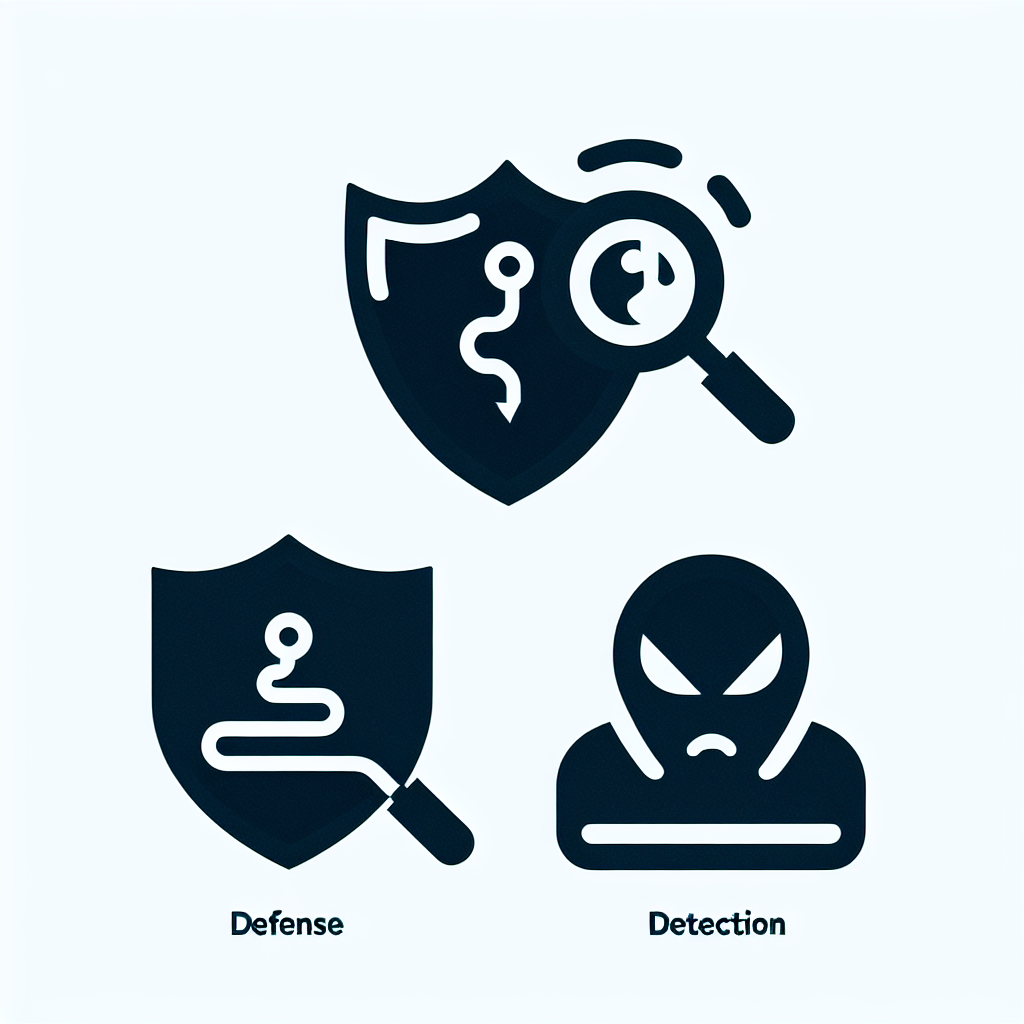
Indicators of Attack (IOAs) are behavioral clues that a malicious operation is occurring or imminent. Detecting IOAs lets teams intervene before an incident becomes a full breach by focusing on attacker actions rather than leftover artifacts.

An IOA is a behavioral signal that suggests an attacker is active or planning an operation. It focuses on sequences of actions—like unusual logins followed by privilege escalations—rather than static fingerprints. IOAs reveal intent and tactics, enabling defenders to spot threats before data is exfiltrated. They work best when combined with contextual telemetry and threat intelligence. Organizations use IOAs to reduce dwell time and stop attacks earlier in the kill chain.
IOAs detect attacker behavior and intent, while IOCs record remnants after a compromise, such as malware hashes or malicious IPs. IOAs aim for early intervention; IOCs are vital for post-incident analysis and cleanup. Both types complement each other: IOAs help prevent damage, and IOCs help confirm and remediate. Relying only on IOCs can miss fileless or novel attacks that leave little trace. Effective defenses combine both approaches for a layered strategy.
IOAs are more useful now because attackers increasingly use techniques that avoid leaving traditional artifacts. Tactics like living-off-the-land, credential theft, and script-based attacks can bypass signature-based controls. Behavioral detection identifies suspicious patterns that signatures miss, making IOAs vital against zero-day and fileless threats. As adversaries adapt, defenders need dynamic methods that focus on actions and intent. IOAs provide that adaptive visibility.
IOAs work by analyzing sequences of events and assigning risk to unusual patterns. Detection engines ingest telemetry—logins, process activity, network flows—and look for abnormal chains like a new admin account followed by mass file access. Many platforms apply rules and machine learning to correlate events and score risk. When a high-risk pattern appears, teams can trigger containment or investigate further. This sequence-based view reduces false positives compared with single-event alerts.
IOA systems rely on diverse telemetry: endpoint process events, authentication logs, network traffic, and cloud activity. Combining these sources improves context—for example, linking an off-hours login (auth log) to unusual PowerShell execution (endpoint event). EDR/XDR tools often centralize telemetry and enable correlation across sources. Rich logs and retaining history are essential for spotting multi-step attacks. Without broad telemetry, IOAs can miss the full attack narrative.
Common IOAs include lateral movement, abnormal credential use, and misuse of system tools like PowerShell. Other signals are unexpected privilege escalations, disabled security controls, and sudden spikes in outbound traffic. These behaviors often indicate an attacker is exploring, moving, or exfiltrating data. Tracking sequences—rather than isolated events—helps classify them as probable attacks. Each example is a clue that, when combined, signals malicious intent.
IOAs can stop ransomware by flagging early behaviors such as bulk file renaming, mass encryption attempts, or coordinated process spawning. Once detected, automated playbooks can isolate affected endpoints and block further spread. Early containment prevents encryption from reaching shared drives and backups. IOAs also provide context for forensic response and cleanup. In several cases, behavioral alerts have reduced ransomware spread from days to hours.
IOAs expose insider threats by highlighting anomalous access patterns and data movement from trusted accounts. For example, repeated downloads of sensitive reports by an employee who never accessed them before are strong IOA signals. Correlating access logs with endpoint activity helps distinguish accidental misuse from malicious intent. Alerts enable security teams to investigate and limit exposure quickly. IOAs are especially valuable because insiders often operate within legitimate credentials.
Yes—IOAs are effective against zero-day and fileless attacks because they focus on behavior, not signatures. Fileless techniques often use legitimate system tools, but the sequence and context of usage reveal anomalies. Behavioral models and anomaly detection uncover these patterns. While not foolproof, IOAs significantly improve detection where signature-based tools fail. Continuous tuning and telemetry enrichment increase their success rate.
IOAs are typically implemented within EDR/XDR systems that collect endpoint and network telemetry and correlate events. These platforms apply rules and machine learning to identify risky action sequences and raise prioritized alerts. Integration allows automated responses—like isolating a host—or feeds into SIEM and SOAR workflows for analyst review. Centralized correlation reduces alert fatigue by grouping related events. Choosing tools that support rich telemetry and response automation makes IOA practical at scale.
IOAs can generate false positives if context is missing and require high-quality telemetry to work well. Skilled attackers may vary tactics to avoid well-known behavioral patterns, and noisy environments can obscure signals. Implementing IOA detection demands storage for logs, tuning, and skilled analysts to interpret findings. IOAs are not a silver bullet—they work best combined with IOCs and layered defenses. Planning for these operational needs is essential to realize IOA benefits.
Begin by collecting broad telemetry—endpoints, authentication, network, and cloud logs—and map typical user and system behaviors. Define high-risk sequences relevant to your environment, build detection logic in your EDR/XDR, and create response playbooks for containment. Train analysts on reading behavioral patterns and reduce noise through tuning and context enrichment. Use internal testing and threat hunting to validate detections. Over time, measure reduced dwell time and improved containment to justify expansion.
A: No. IOAs and IOCs serve different purposes and are most effective when used together.
A: Not always—rule-based detection can work, but ML improves correlation and anomaly detection at scale.
A: Yes—smaller teams can implement IOA detection using managed EDR/XDR or focused telemetry and playbooks.
A: With good telemetry and playbooks, IOAs can cut dwell time from weeks to hours in many environments.
A: Explore Palisade for practical guides and detection tools at Palisade.